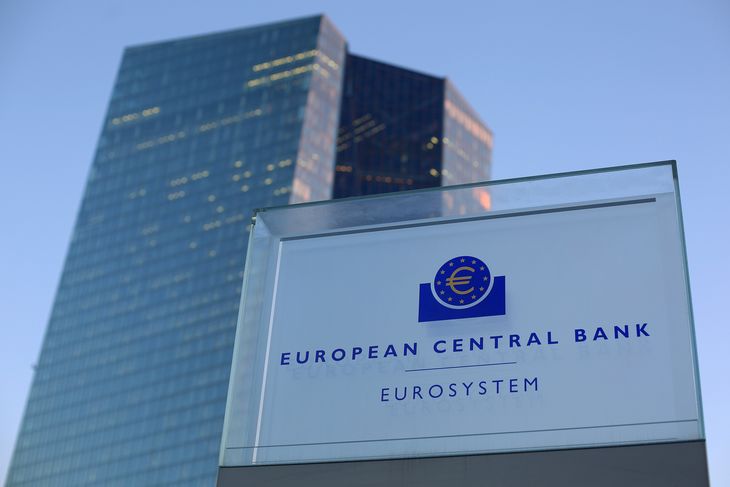The Eurozone achieved an unexpected rebound at the beginning of 2025, but faces an uncertain path, threatened by commercial tensions, structural weakness and a recovery still fragile.
The Eurozone economy started 2025 With a growth greater than expected, offering a signal of relief after years of stagnation. However, this impulse could quickly fade in the rise of commercial tensions with the United States, The strength of the euro and a deterioration marked in business trust.
The content you want to access is exclusive to subscribers.
According to data published on Wednesday by Eurostat, the gross domestic product of the block of 20 countries that share the common currency grew 0.4% in the first quarter, doubleing consensus estimates of 0.2%. The main engine of this advance was the solid performance of Spain and, especially, from Ireland, whose economy expanded 3.2% thanks to the activity of multinationals based there for fiscal reasons.


However, discounting the distortion caused by the Irish case, the underlying trend was much more modest. Germany barely grew 0.2%, France 0.1%and Italy 0.3%, which suggests that, without Ireland, the growth of the block would have been in line with the initial expectations.
The improvement comes in a fragile context. For years, the euro zone has seen how companies postponed investments and households tried to recompose their purchasing power after the impact of persistently high inflation. Now, to these difficulties is added the new Washington commercial offensive under the leadership of Donald Trump, who declared the “day of liberation” to justify his renewed protectionism.
The effects of this escalation soon felt. Companies such as Volkswagen and Mercedes-Benz have warned that the tariffs announced by the US will affect their benefits, reduce their sales and possibly stop the investment. At the same time, business confidence indicators have begun to fall strongly, reversing any hint of optimism that remained after a 2024 without great advances.
ECBG

Despite the initial rebound, the euro zone economy faces increasing risk of deceleration.
The European Central Bank has already warned that, beyond the commercial war, the nervousness in the financial markets generated by the US policies. And the deterioration of confidence is braking growth. To this is added the fact that the Eurozone barely grew above 0.5% per year before this new wave of tensions, which leaves the region dangerously close to a technical recession.
Although some political leaders believe that the US economy will suffer a more severe blow – which could push the White House to reconsider its tariff strategy -, the margin of maneuver in Europe is limited. The ECB has already begun to cut interest rates and is expected to continue with that policy in June, but acknowledges that there is little that can face such an extended global deceleration.
A possible relief could come from the fiscal side, thanks to the plans of the new German government to increase expenditure in defense and infrastructure. However, these programs must still go through the legislative process and are not expected to have a relevant effect in 2025.
In this context, the only relatively positive note is the moderation of inflationary pressures. The fall in energy prices, the strength of the euro and the weakness of the demand could contribute to maintaining the prices at bay, giving the ECB additional margin to act. But this also carries new risks: if inflation falls too below the 2%target, especially if China begins to redirect its surplus production towards Europe due to its exclusion from the US market, the Eurozone could face a deflationary environment at a time of growing vulnerability.
Source: Ambito
I am a 24-year-old writer and journalist who has been working in the news industry for the past two years. I write primarily about market news, so if you’re looking for insights into what’s going on in the stock market or economic indicators, you’ve come to the right place. I also dabble in writing articles on lifestyle trends and pop culture news.




